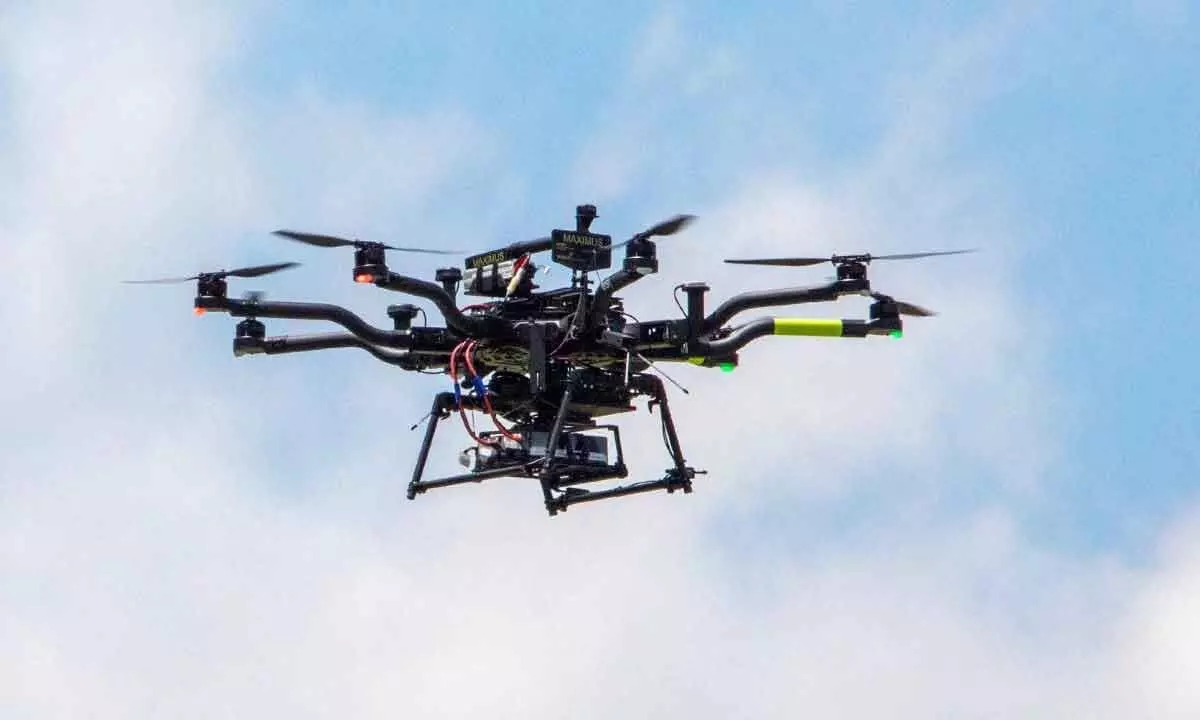NASA tests autonomous drones
Marks an important step towards advancing self-flying capabilities for air taxis
image for illustrative purpose

Washington: Researchers at NASA's Langley Research Center in Virginia have successfully flown multiple drones to test autonomous flight capabilities of air taxis.
The drones were flown beyond visual line of sight with no visual observer for its air taxi.
The drones successfully flew around obstacles and each other during takeoff, along a planned route, and upon landing, all autonomously without a pilot controlling the flight.
This test marks an important step towards advancing self-flying capabilities for air taxis.
"Flying the vehicles beyond visual line of sight, where neither the vehicle nor the airspace is monitored using direct human observation, demonstrates years of research into automation and safety systems, and required specific approval from the Federal Aviation Administration and NASA to complete," said Lou Glaab, branch head for the aeronautics systems engineering branch at NASA Langley, in a statement.
It is safer and more cost-effective to test self-flying technology meant for larger, passenger carrying air taxis on smaller drones to observe how they avoid each other and other obstacles. NASA also is testing elements of automation technology using helicopters. These stand-in aircraft help NASA mature the autonomy well before self-flying air taxis are integrated into the skies.

